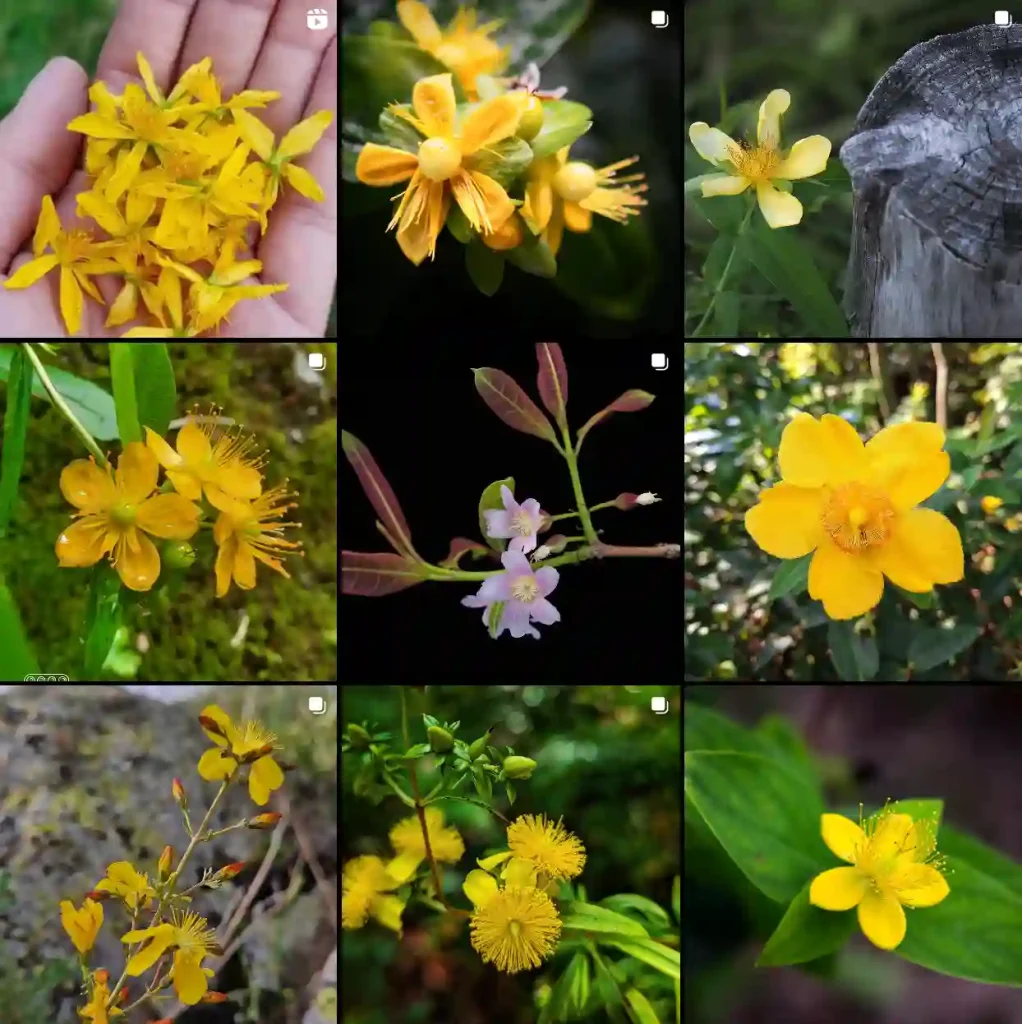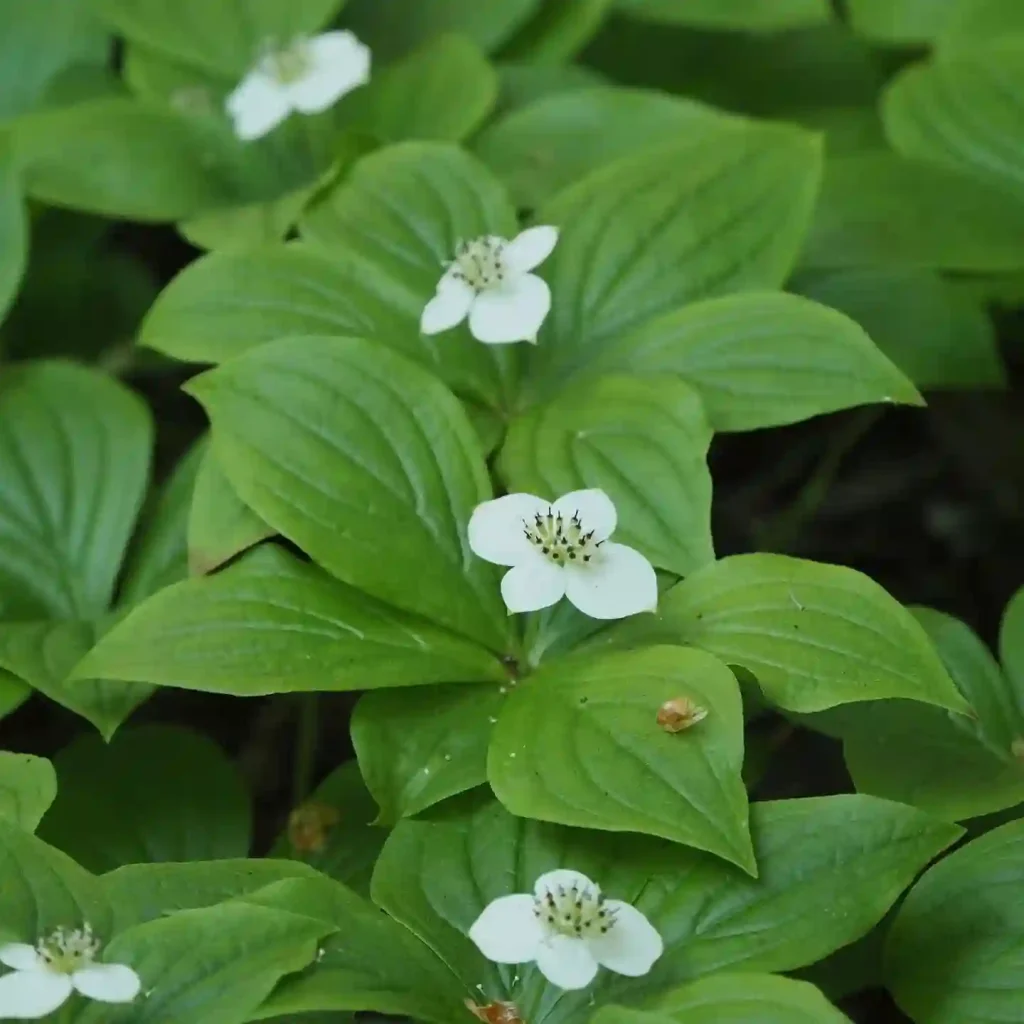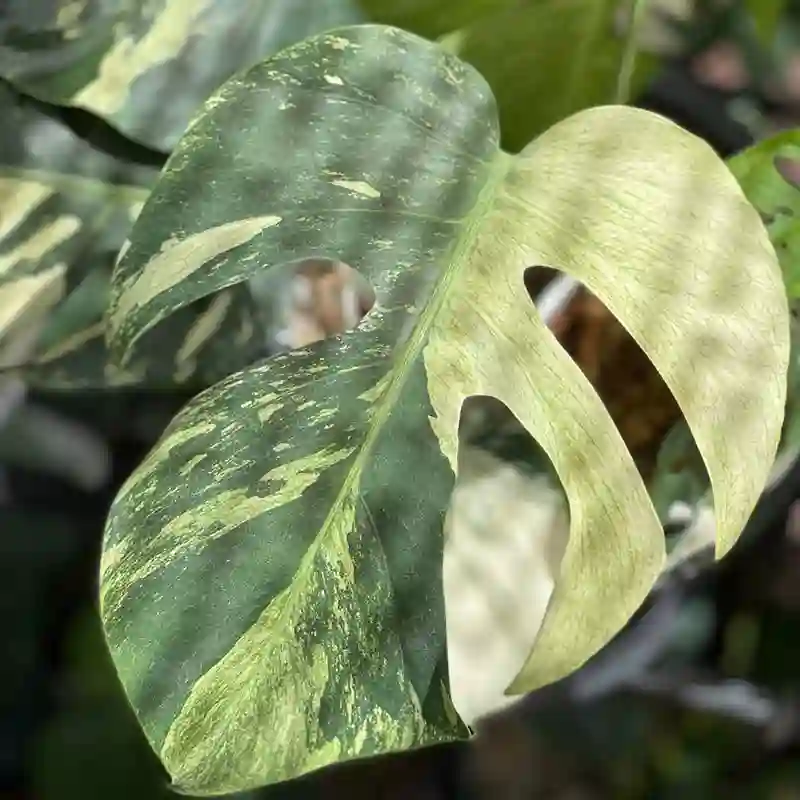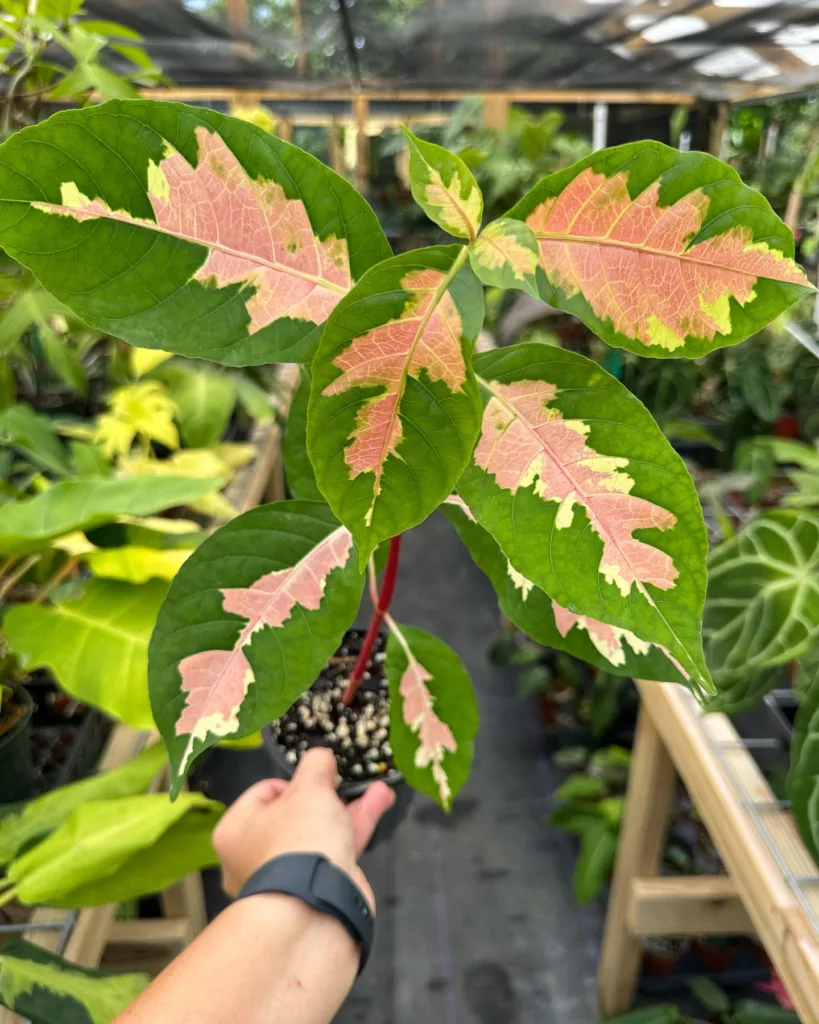FAQs About Corylus Colurna
As someone who has had the pleasure of growing Corylus Colurna, also known as the Turkish Hazel, I can share a lot about this fascinating tree. Whether you’re considering adding one to your garden or just curious about its care, here’s a comprehensive look at some of the most common questions people have about this species.
17 Species in Genus Corylus
What is Corylus Colurna?
Corylus Colurna, or Turkish Hazel, is a deciduous tree native to southeastern Europe and western Asia. It’s known for its attractive, dense foliage and its unique, rounded shape. Unlike some other hazel species, the Turkish Hazel can grow quite large, reaching heights of up to 40 feet (12 meters) and spread about 30 feet (9 meters) wide. Its distinctive leaves are large, dark green, and have a slightly serrated edge. In the fall, they turn a lovely yellow before dropping.
How Does Corylus Colurna Pollinate?
Corylus Colurna is a monoecious plant, meaning it has both male and female flowers on the same tree. However, for effective pollination, it still benefits from having a second tree nearby. The male flowers, called catkins, release pollen in the spring, which needs to reach the female flowers to fertilize them. While it can self-pollinate to some extent, having another Corylus Colurna close by increases the chances of successful pollination and a better nut yield.
Does Corylus Colurna Require a Second Tree?
While Corylus Colurna can produce nuts with a single tree, having a second tree nearby can significantly enhance pollination and overall nut production. The trees’ pollen can more effectively reach the female flowers, leading to better fertilization. If you’re planting multiple trees, space them about 20 to 30 feet (6 to 9 meters) apart to ensure good cross-pollination.
How to Care for Corylus Colurna?
Caring for Corylus Colurna is relatively straightforward. This tree thrives in full sun to partial shade and prefers well-drained soil. It’s tolerant of various soil types but does best in loamy soil. Regular watering is essential, especially during dry spells, but be cautious not to overwater as this can lead to root rot.
Pruning is recommended to maintain the tree’s shape and remove any dead or damaged branches. It’s generally done in late winter or early spring before new growth starts. Corylus Colurna is quite hardy and can withstand cold temperatures, making it suitable for various climates.
How to Propagate Corylus Colurna?
Propagation of Corylus Colurna is typically done through seeds or grafting. Seeds should be stratified, meaning they need a period of cold treatment before planting. This mimics the natural winter conditions they would experience in the wild. After stratification, sow the seeds in well-drained soil and keep them moist until germination.
Grafting is another method, where a cutting from a mature tree is grafted onto a rootstock. This method is often used for maintaining specific traits of the parent tree.
What to Plant with Corylus Colurna?
When choosing companion plants for Corylus Colurna, consider other trees and shrubs that will complement its growth and not compete for resources. Suitable companions include ornamental trees like maples or smaller shrubs like spireas. In terms of underplanting, shade-tolerant plants such as hostas or ferns can thrive in the conditions provided by the tree’s canopy.
Can You Grow Corylus Colurna Indoors?
Corylus Colurna is not well-suited for indoor growth. It is a large tree that requires ample space to grow and develop its full potential. Additionally, it needs a natural outdoor environment to thrive, including exposure to seasonal changes and adequate sunlight.
Is Corylus Colurna Toxic?
Corylus Colurna is generally not toxic to humans or animals. However, the nuts produced by the tree are edible and can be consumed in moderation. It’s always best to consult with a local expert or poison control if you have specific concerns about plant toxicity.
Benefits of Corylus Colurna
One of the main benefits of Corylus Colurna is its ability to provide shade and add aesthetic value to gardens and landscapes. Its dense foliage offers excellent cover, and its nuts are a valuable food source for wildlife. Additionally, the tree is relatively low-maintenance and resilient to various environmental conditions.
Common Problems with Corylus Colurna
While Corylus Colurna is generally robust, it can face some issues. Common problems include leaf spot diseases and pests like aphids. Regular monitoring and appropriate treatments can help manage these issues. Ensuring good air circulation and avoiding excessive moisture can also reduce the risk of fungal diseases.
Comparing Corylus Colurna with Other Hazels
Corylus Colurna is often compared to other hazel species, such as Corylus avellana (Common Hazel). Unlike the Common Hazel, which is smaller and often used for its nuts, Corylus Colurna is primarily valued for its ornamental qualities and larger size. The Turkish Hazel also differs in its tolerance to various soil types and climatic conditions compared to other hazel species.
In summary, Corylus Colurna is a versatile and attractive tree that offers various benefits for gardeners and landscapers. Its care requirements are manageable, and it can provide both beauty and practical benefits. Whether you’re looking to enhance your garden or simply enjoy a hardy, ornamental tree, Corylus Colurna is a great choice.
If i die, water my plants!



